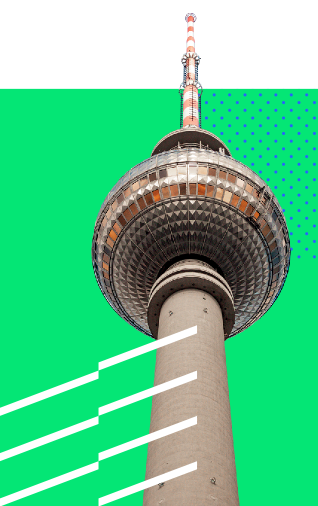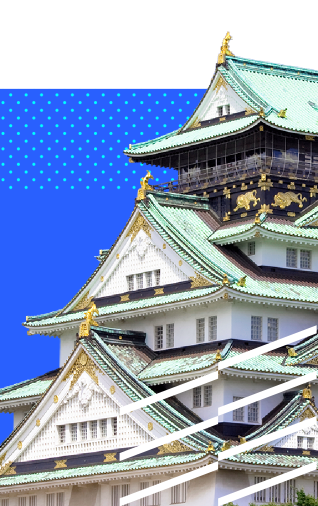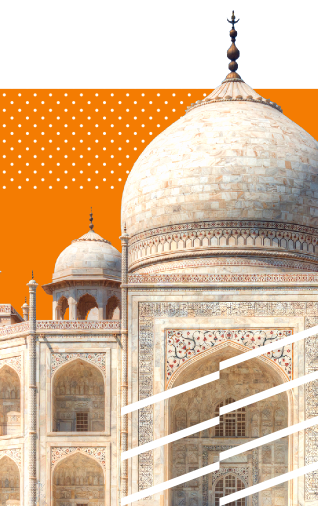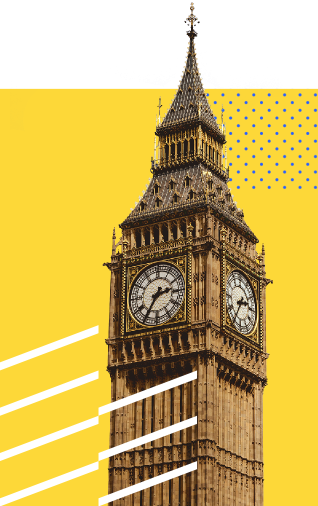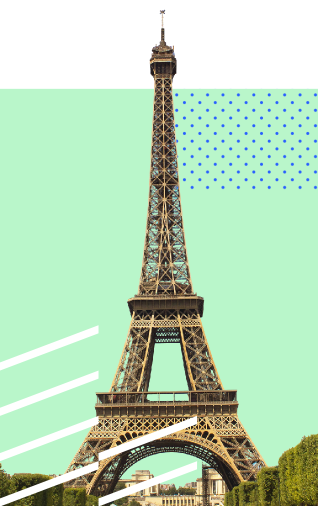RAMP.Global’s agency network makes it easier for employers to identify and procure talent from 23,000+ staffing agencies in over 100 countries.
- Recruitment landscape
- Economic indicators
- Labor market
- Working life

Your global agency guide to...
New Zealand
New Zealand, with a GDP of $253.5 billion, ranks as the 51st largest economy globally. Its top industries include agriculture, forestry, and tourism. With a small population of 5.1 million, the country boasts a stable working population and low unemployment rate of 3.7%, supporting a robust labor market. Recruitment agencies are numerous, reflecting diverse talent acquisition opportunities amidst slight demographic challenges.


New Zealand'S
AGENCY LANDSCAPE
Agencies operating in New Zealand
A high number of agencies indicates a mature recruitment industry, marked by strong talent demand, established labor laws and economic stability.
Typical fee range
Countries with higher fees imply finding talent is harder to find whilst lower fees indicate a high-volume, commoditized market.
New Zealand'S
FEATURED AGENCIES

Antal International

Axiom Global Technologies, Inc.

Barclay Simpson

Belcan, a Cognizant company

Brabers

Brilliantin Recruitment

Cooper Lomaz

CPL UK

Fractal

Galaxy Technology Services

Gold Group Ltd

Hudson Shribman

IKONS Global

INCAT Sp. z o.o.

Intecselect

JGA Recruitment Group
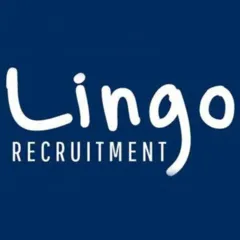
Lingo Recruitment

Morson Group

MRA Search

Nordic Jobs Worldwide

Opus Resourcing Ltd

Pacifica Continental

Personality Way

Route 1

Ruby Magpie

Silah Tamkeen

SystemBender Private Limited

Tara Recruiting LLC

The Example

The Super Talent Company - Trading as Superstars

Torche Global

Utilise Recruitment

Vidhwan Inc- ( DBA-E-Solutions )

Walsh Employment

WinMatch

ZIDEA

Beacon Talent

Callista Group AG

Canopus-GBS

CIMA Recruitment - Cibernos Group

Connect Group

Electus Recruitment

Epergne Solutions

Geeksoft Consulting BV

GS Services

IFIT Solutions

ISR Recruitment Ltd

K&K Talents GmbH

KN Solutions

Kresek PB Personalberatung

Odyssey Information Services

Recann / Digisourced

Simba Talent

Sirius Staffing

Talent Avenue

The Glove

Get featured here
New Zealand'S
GROSS DOMESTIC PRODUCT (GDP) RATING
WORLD RANKED
New Zealand ranks 51st in the world by current economic output
NOMINAL GDP (US$)
GDP reflects the overall size and economic strength of the country’s economy.
APAC RANKED
New Zealand is the 15th biggest GDP in APAC out of 41 countries in the region
GDP GROWTH (%)
The above chart compares how New Zealand's GDP has grown, compared to the rest of the world and the APAC region in the last 7 years.
Positive growth indicates an expanding economy, while negative growth or recession signifies economic contraction. Strong growth can encourage hiring, but slower growth might lead to freezes or layoffs, influencing talent sourcing as businesses adapt to changing market conditions and demands.


New Zealand'S
CURRENCY AND CODE
Country currency
Country ISO code
New Zealand'S
INFLATION RATE
CURRENT RATE
▼0.6% REDUCTION
Inflation represents the rate at which prices rise and purchasing power diminishes. High inflation may prompt employees to seek higher wages, potentially impacting company profitability. This situation could lead to budget constraints or hiring freezes, which might influence talent availability and sourcing strategies.
New Zealand'S
COST OF LIVING
COST OF LIVING INDEX EXPLAINED
The cost of living has a direct impact on salary expectations and the competitiveness of compensation packages. It can influence the appeal of certain locations-while high-cost areas may attract highly skilled professionals looking for higher salaries, lower-cost areas can appeal to companies looking to minimize salary expenses or candidates seeking a better work-life balance.
New Zealand'S
LABOUR STATISTICS
POPULATION
With a population of 5,124,100, New Zealand is a small sized country by global standards. New Zealand's youth population is just below the world average, indicating it may face challenges in labor market sustainability over time. The working population in New Zealand is close to the world average, suggesting a stable labor market that can adequately meet the economy's demands. New Zealand's elderly population is just above the world average, suggesting a growing dependency ratio, which may strain the labor market.


New Zealand'S
RELIGION AND ETHNICITY
Religion
In religiously diverse countries, a broad sourcing and engagement approach whilst appealing to inclusive practices resonates with this candidate market. In contrast, in a homogeneous religious environment, understanding dominant cultural norms is often more important when engaging with talent.
Ethnicity
In ethnically diverse countries, there may be a greater variety of candidates with different cultural backgrounds and experiences. Employers may need to focus more on inclusive hiring practices to ensure they attract talent from across different ethnic groups.
New Zealand'S
UNEMPLOYMENT RATE
CURRENT PERCENTAGE
▲0.44% INCREASE
New Zealand's unemployment rate is healthy, indicating a well functioning labor market with good job opportunities for most people. Between 2022 and 2023, there was a small increase in unemployment, suggesting continued economic stability, with a slight dip in job availability


New Zealand'S
TOP PERFORMING INDUSTRIES
Top industries
New Zealand'S
GENDER DEMOGRAPHICS
RATIO OF MALES TO FEMALES (BY AGE)
LABOUR PARTICIPATION BY GENDER (%)
Male | Female
In New Zealand there is a low gap in participation rates between males and females, indicating a relatively balanced workforce particpation often reflective of strong gender equality policies or cultural norms supportive of equal gender parity.
New Zealand'S
WORKING LIFE
Average gross annual wage (US$)
This figure represents yearly income before taxes. Higher wage countries are above $50,000 USD. Attracting talent in lower-wage markets can be cost-effective; however, offering above-average compensation may be required for in-demand skills.
Average gross monthly wage (US$)
This figure represents monthly income before taxes. Higher-wage countries typically exceed $4,000 USD per month. Attracting talent in lower-wage markets can be cost-effective; however, offering above-average monthly compensation may be necessary for in-demand skills.


New Zealand'S
WORKING LIFE
Minimum annual holidays
Minimum annual holidays reflect mandated leave. Hiring in countries with high allowances (over 25 days) will require emphasizing work-life balance when recruiting. In countries with fewer holidays (under 15 days), offering additional leave can enhance recruitment and set the organization apart.
Average working full time week
Overtime pay is optional, except for public holidays where it's at 150% of the normal rate. Standard work hours are 8 per day and 40 per week, typically Monday to Friday.
New Zealand'S
TOP BENEFITS
Maternity leave
NZ offers up to 26 weeks of paid Primary Carer Leave, capped at NZD 661.12/week, plus 1-2 weeks paternity leave (unpaid) and 26 weeks shared parental leave (unpaid).
Sick leave
Employees with 6 months of continuous employment or averaging 10 hours a week are entitled to 10 paid sick days per year, with 100% salary. Unused days roll over, maxing at 20 days.
COUNTRY SEARCH

